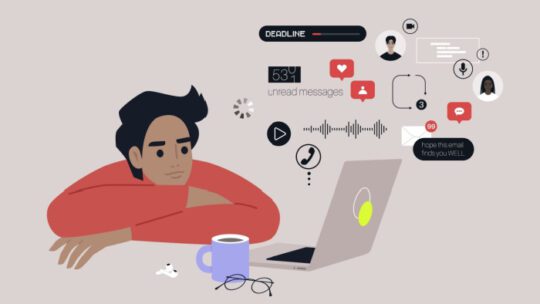
Influencer marketing has become a staple of many brands' marketing strategies, as PR and communications teams critically evaluate how to harness the power of influencers. Cision’s 2023 Global Comms Report found that 43% of communication teams are relying more on influencers this year as part of their audience engagement strategies.
Enter “influencer fatigue,” the trend and notion of consumers tiring of the constant stream of paid or sponsored content, which has led to a decline in trust and engagement—and an all-new challenge for PR professionals.
According to Influencer Marketing Hub, more than 50 million people worldwide identify as influencers who contribute to the estimated $104 billion creator economy.
Authenticity Reigns Supreme
One of the driving factors behind the evolution of influencer engagement is the growing consumer demand for authenticity. Audiences are drawn to real, relatable content, but with the platforms’ constant changing algorithms to prioritizing advertising, this leaves little room for those types of posts.
This shift has led to the demand for more authentic content from creators and brands alike. It’s also, albeit inadvertently, generated a greater appreciation for micro- and nano-influencers. These smaller scale influencers possess an innate understanding of their niche audiences, engage with their audience more directly, and excel at balancing paid and organic content.
A Balancing Act
Conversely, the allure of mega- and macro-influencers comes with potential pitfalls. Their immense reach can come with higher risks because of their prominence and personal unpredictability, as well as their reputation of promoting products they don’t genuinely believe in solely for financial gain. Diversifying your influencer pool and subsequent partnerships can result in more genuine connections with consumers, while simultaneously providing a buffer against potential reputational damage.
Working with influencers as part of your marketing strategy is very much a balancing act. Create a more holistic strategy by leveraging a creator’s organic content, (with permission, of course), and using it in conjunction with other marketing channels, such as paid social advertising and press releases. Forging long-term partnerships, as opposed to singular campaigns, with creators who align with a brand’s values will also help develop a more authentic relationship between a brand, the creator, and both of their audiences.
Transparency is also key when utilizing influencer marketing efforts. Mistrust feeds fatigue, and consumers are more likely to trust brands that are up front about when content is sponsored.
Providing Creative Freedom
Finally, remember that influencers are also making a choice when collaborating with brands. They want to work with those who provide the freedom to stay true to their own personal voice, so they can maintain the credibility and trust they’ve built with their audiences. This underscores the importance of not only choosing creators whose values align with your own, but also giving them creative freedom. When these elements are in place, you can be confident they are creating content that will feel authentic to their audience while reinforcing your brand values.
As influencer fatigue takes hold, brands and PR teams may need to rethink their approaches. By prioritizing authenticity, embracing micro- and nano-influencers, and investing in long-term partnerships, brands can build powerful strategies that resonate and make a mutually beneficial impact.
Sinead Norenius-Raniere, is VP of Product and Creator Marketing Strategy at Cision.
